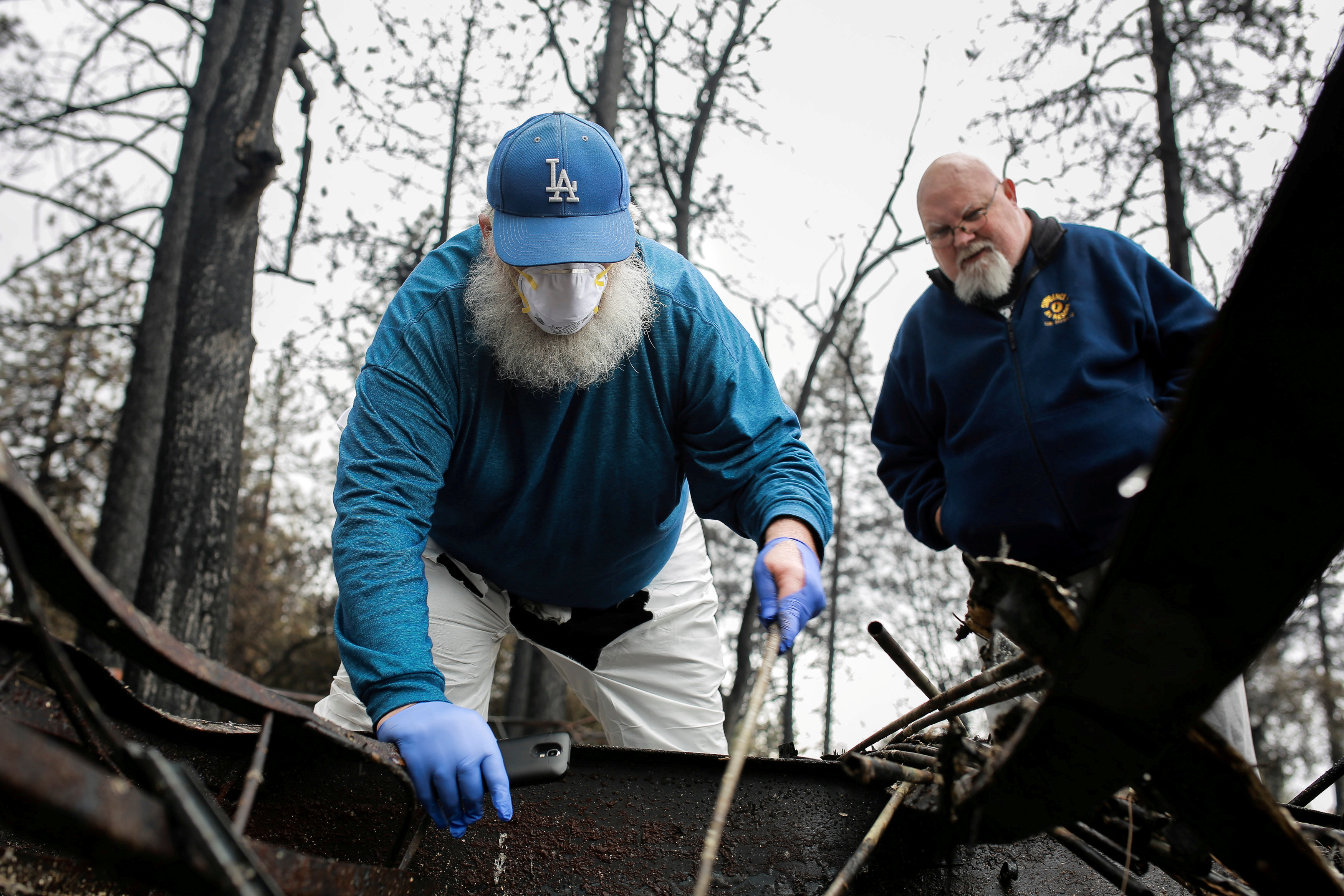
PG&E failed to inspect transmission lines that caused deadly 2018 wildfire: state probe
By Kanishka Singh
(Reuters) – Bankrupt California power producer PG&E Corp <PCG.N> did not properly inspect and replace transmission lines before a faulty wire sparked a wildfire that killed more than 80 people in 2018, a probe by a state regulator has concluded.
The Caribou-Palermo transmission line was identified as the cause of the Camp Fire last year, which virtually incinerated the Northern California town of Paradise and stands as the state’s most lethal blaze.
“PG&E failed to maintain an effective inspection and maintenance program to identify and correct hazardous conditions on its transmission lines … as are necessary to promote the safety and health of its patrons and the public,” a 700-page report by the California Public Utilities Commission said.
The report was dated Nov. 8, 2019. It was released to the public on Monday.
The probe concluded that PG&E’s inspection shortcomings were part of a pattern of ‘inadequate’ execution of those tasks.
In response to the report, PG&E acknowledged the role of its equipment in the fire and apologized.
“We remain deeply sorry about the role our equipment had in this tragedy, and we apologize to all those impacted by the devastating Camp Fire,” the company told Reuters in an emailed statement, adding that it accepted the probe’s conclusion that the company’s electrical transmission lines caused that fire.
The utility filed for bankruptcy in January, citing potential civil liabilities of more than $30 billion from wildfires linked to its gear.
Last week, U.S. Bankruptcy Judge Dennis Montali ruled that PG&E is strictly liable for fires tied to its equipment, even if the utility was not negligent.
PG&E was fined $1.6 billion for a deadly 2010 gas pipeline explosion in San Bruno, California.
(The refiled story fixes typo in headline)
(Reporting by Kanishka Singh in Bengaluru. Editing by Gerry Doyle)













